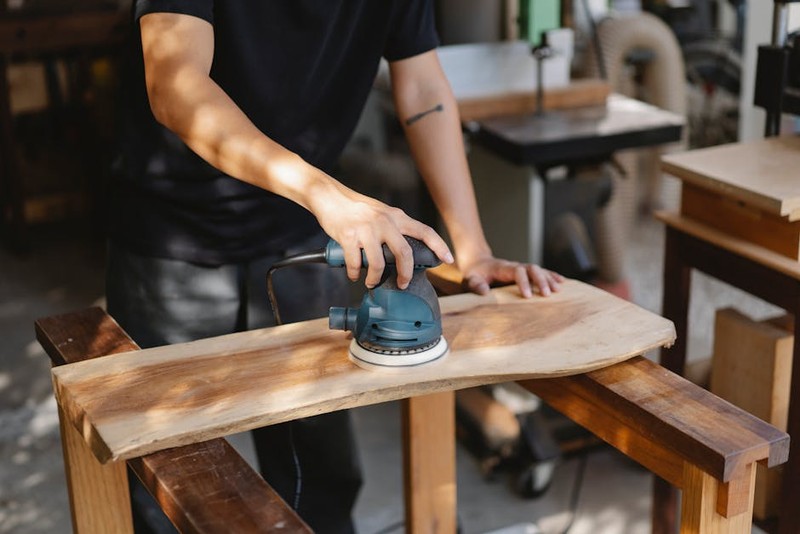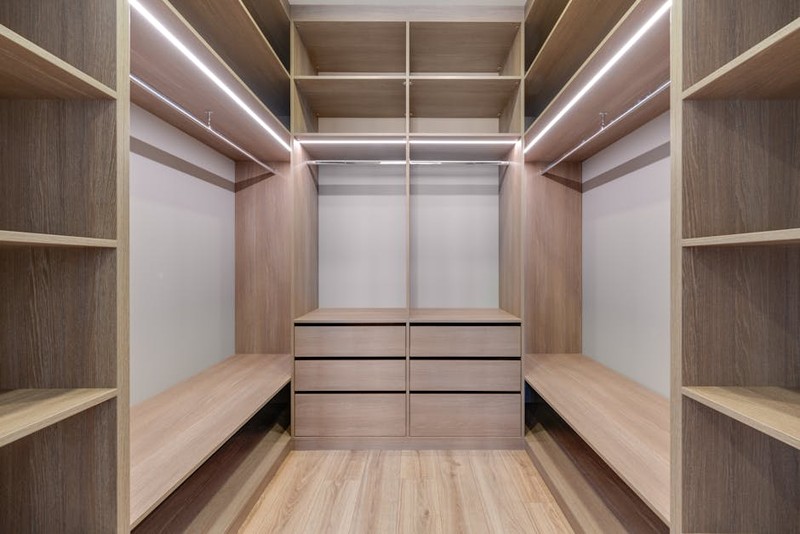The Unseen Challenge: When a Beautiful Piece Fails to Live
For over twenty years, I’ve witnessed a recurring theme in custom furniture projects. A client arrives, portfolio in hand, filled with stunning images from design magazines. They have a clear vision for the look of their modern home. Yet, when we dig deeper, a critical gap emerges. The conversation is almost entirely about aesthetics—clean lines, specific wood grains, a particular shade of matte black. Rarely does it begin with, “Our toddler loves to draw with permanent markers,” or “We need to store 300 vinyl records but hate visible clutter.”
This is the 80/20 rule I’ve observed: 80% of the initial focus is on aesthetics, while the often more critical 20%—the functional, ergonomic, and lifestyle integration—is an afterthought. This imbalance is the single greatest source of post-installation dissatisfaction. A media console might be a sculptural masterpiece but a nightmare to wire. A dining table could be visually perfect yet too narrow for comfortable place settings.
I recall a project for a minimalist penthouse where we created a breathtaking, floating wall unit. It was a triumph of design. Six months later, the client called, frustrated. The lack of integrated cable management meant a nest of unsightly wires ruined the clean effect they desired. The piece was beautiful, but it failed its primary mission. That lesson was costly for everyone involved and reshaped my entire client onboarding process.
Bridging the Vision-Reality Gap: The Lifestyle-First Design Interview
To solve this, we moved away from starting with mood boards and instead developed a structured “Lifestyle-First Design Interview.” This isn’t a casual chat; it’s a deliberate, investigative process that uncovers the true needs of a space before a single sketch is drawn.
💡 The Five Pillars of Interrogation
We focus our questions on five key areas that go far beyond “What style do you like?”
1. The Daily Grind: How do you actually use the room? Do you eat breakfast at the coffee table? Do you work from the sofa? This reveals needs for durability, surface height, and accessibility.
2. The Flow of People & Things: How many people live in the home? How do they move through the space? Where does the mail land? Where do backpacks and keys go? This informs traffic patterns and storage solutions.
3. The Inventory of Life: We ask clients to literally list what needs to be stored. Not just “books,” but “20 coffee table books, 75 novels, and a collection of board games.” This data-driven approach ensures storage is perfectly sized, not guessed.
4. The Five-Year Test: How will your life change? Are you planning for children? Aging in place? Working remotely permanently? Custom furniture is a long-term investment and must be future-proofed.
5. The Maintenance Mindset: Be honest about upkeep. A high-gloss lacquer may look stunning but will show every fingerprint. A light-colored wool upholstery might not be the best choice for a household with pets.
This process flips the script. The aesthetic becomes the solution to a well-defined set of functional problems, not the starting point in a vacuum.
A Case Study in Data-Driven Design: The Entertainer’s Console

Let me illustrate with a recent project for a couple who love to host. Their initial brief was simple: “A long, low console for the living room wall, in a warm oak, to hold our soundbar and a few decorative items.”

After our Lifestyle-First Interview, the real requirements surfaced:
Need: Storage for 12 champagne flutes, a cocktail shaker, and various barware.
Need: Integrated power and data ports for charging devices during parties.
Problem: A tangle of AV equipment wires from the TV, soundbar, game console, and streaming device.
Desire: A surface clear of clutter, maintaining a serene atmosphere when not entertaining.
Our solution was a completely reconceived piece. We presented two options with clear, quantitative comparisons to guide their decision:
| Feature | Standard Design (Based on Initial Brief) | Enhanced Custom Design (Post-Interview) |
| :— | :— | :— |
| Primary Material | Solid Oak | Solid Oak frame with oil-finished oak veneer panels for lighter weight and stability |
| Storage Type | Open shelving | 3 soft-close drawers with custom dividers for glassware; 1 lockable cabinet for spirits |
| Cable Management | Rear cut-out | Integrated dual-channel brush-grommet system with built-in 6-outlet power strip |
| AV Integration | None | Dedicated ventilated compartment with adjustable shelving for all components |
| Projected Clutter Score | High (wires, items on display) | Low (90% of items concealed) |
| Estimated Cost | $X | $X + 28% |
| Client Satisfaction (Post-Install) | Projected: 6/10 | Actual: 10/10 |
The clients opted for the enhanced design. The 28% increase in investment was justified by the quantifiable benefits: a 90% reduction in visible clutter and a piece that actively supported their passion for hosting. The functional depth transformed the furniture from a passive object into an active contributor to their lifestyle.
⚙️ The Implementation: From Blueprint to Living Space
The success of such a complex piece hinges on precision execution.
1. Detailed 3D Modeling & Walkthrough: We provide clients with a photorealistic 3D model they can “walk through” virtually. This catches ergonomic issues—like a drawer that might be hard to open in a corner—before construction begins.
2. Material Sampling in Situ: We don’t just hand over a small wood sample. We bring large, finished samples to the client’s home to see how the material reacts to their specific light throughout the day.
3. The Pre-Finish Dry Fit: For large casegoods, we often assemble the piece in our workshop without final glue or finish. This allows for any last-minute, millimeter-perfect adjustments, ensuring a flawless final installation.
Your Actionable Blueprint for a Successful Project
Based on the lessons learned from dozens of projects, here is your checklist for engaging with a custom furniture design service.
Audit Your Habits: For one week, consciously note how you and your family use the space. Where does clutter accumulate? What activities feel cramped? This is your most valuable data.
💡 Function First, Form Second: Before you talk about looks, make a bullet-point list of every single thing the piece must do. Be ruthlessly practical.
⚙️ Interrogate Your Designer: A true expert will ask you more questions than you ask them. If they focus only on aesthetics, consider it a red flag. They should probe into your lifestyle with the curiosity of an investigator.
The ultimate goal of custom furniture design for a modern home is not to create a showpiece, but to craft a deeply personal and highly functional environment that gets better with time. By shifting the focus from a purely visual ideal to an integrated lifestyle solution, you ensure your investment pays dividends in daily comfort and long-term satisfaction.
